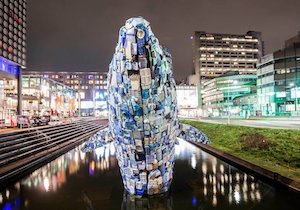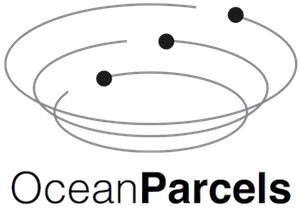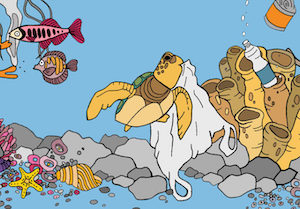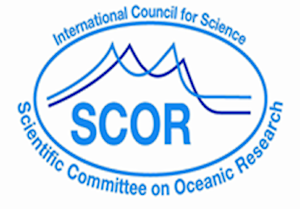Investigating the formation, presence, and distribution of nanoplastics in aquatic environments
The Project
Troubling images, showcasing the large amount of plastic litter that contaminates our waters and threatens wildlife, have become a regular focus of the popular media. Not everyone realizes that we cannot account for a very large fraction of the plastic that escapes into the ocean. A significant portion of this “missing plastic” is hypothesized to result from the degradation of plastics and are named nanoplastics. A multidisciplinary team will now use a breakthrough approach to investigate the formation, presence, and distribution of nanoplastics in aquatic environments. We will study size, structure, and composition of nanoplastics, their transport across the ocean, as well as their interplay with and impact on the Earth’s aquatic microbiome. The reactivity of nanoplastics will also be assessed, allowing to investigate potential degradation pathways, including those involving microbial interactions.
The Nanoplastics: Origin, Structure and Fate project is funded through an NWO ENW Groot grant.
The Team

Bert Weckhuysen
Professor
@ Utrecht University
Bert is PI of the project and expert in catalysis chemistry

Linda Amaral-Zettler
Professor
@ NIOZ and UvA
Linda is Co-PI of the project and expert in microbiology
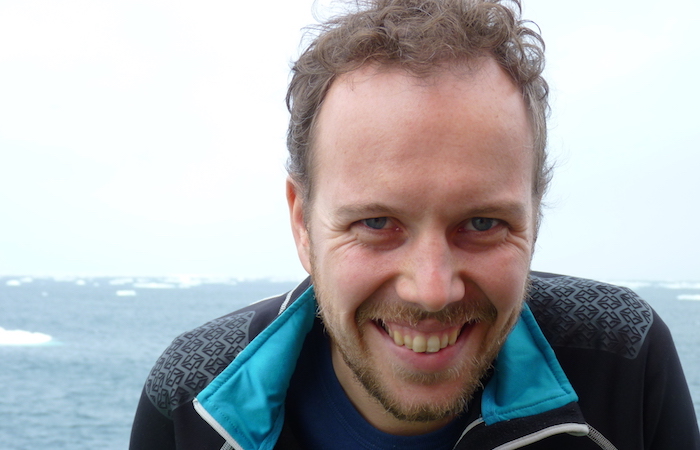
Erik van Sebille
Professor
@ Utrecht University
Erik is Co-PI of the project and expert in Lagrangian Ocean Analysis
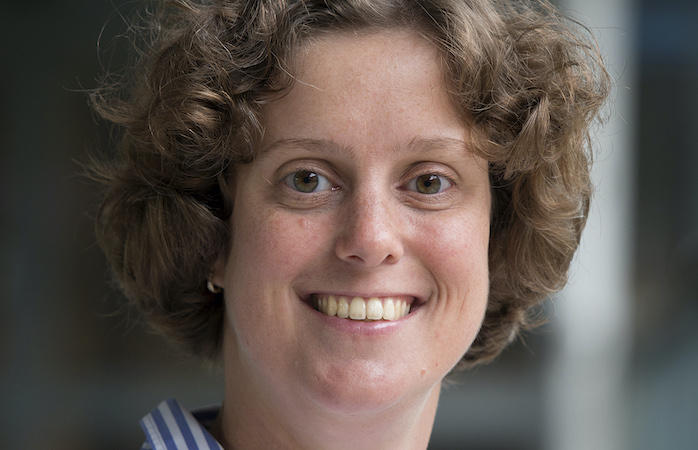
Irene Groot
Associate Professor
@ Leiden University
Irene is Co-PI of the project and expert in surface science and microscopy

Florian Meirer
Associate Professor
@ Utrecht University
Florian is Co-PI of the project and expert in spectro-microscopy

Christian Kehl
Postdoctoral researcher
Christian works on optimizing high performance plastic transport simulations

Laurens Mandemaker
Postdoctoral researcher
@ Utrecht University
Laurens investigates the use micro-spectroscopy to study types of plastics

Lia Corbett
PhD researcher
@ NIOZ and UvA
Lia investigates the interaction between nanoplastics and microbes

Claudio Pierard
PhD researcher
@ Utrecht University
Claudio investigates the transport of nanoplastics in our ocean

Tycho Roorda
PhD researcher
@ Leiden University
Tycho works on structural and chemical characterization of nanoplastics at atomic scale
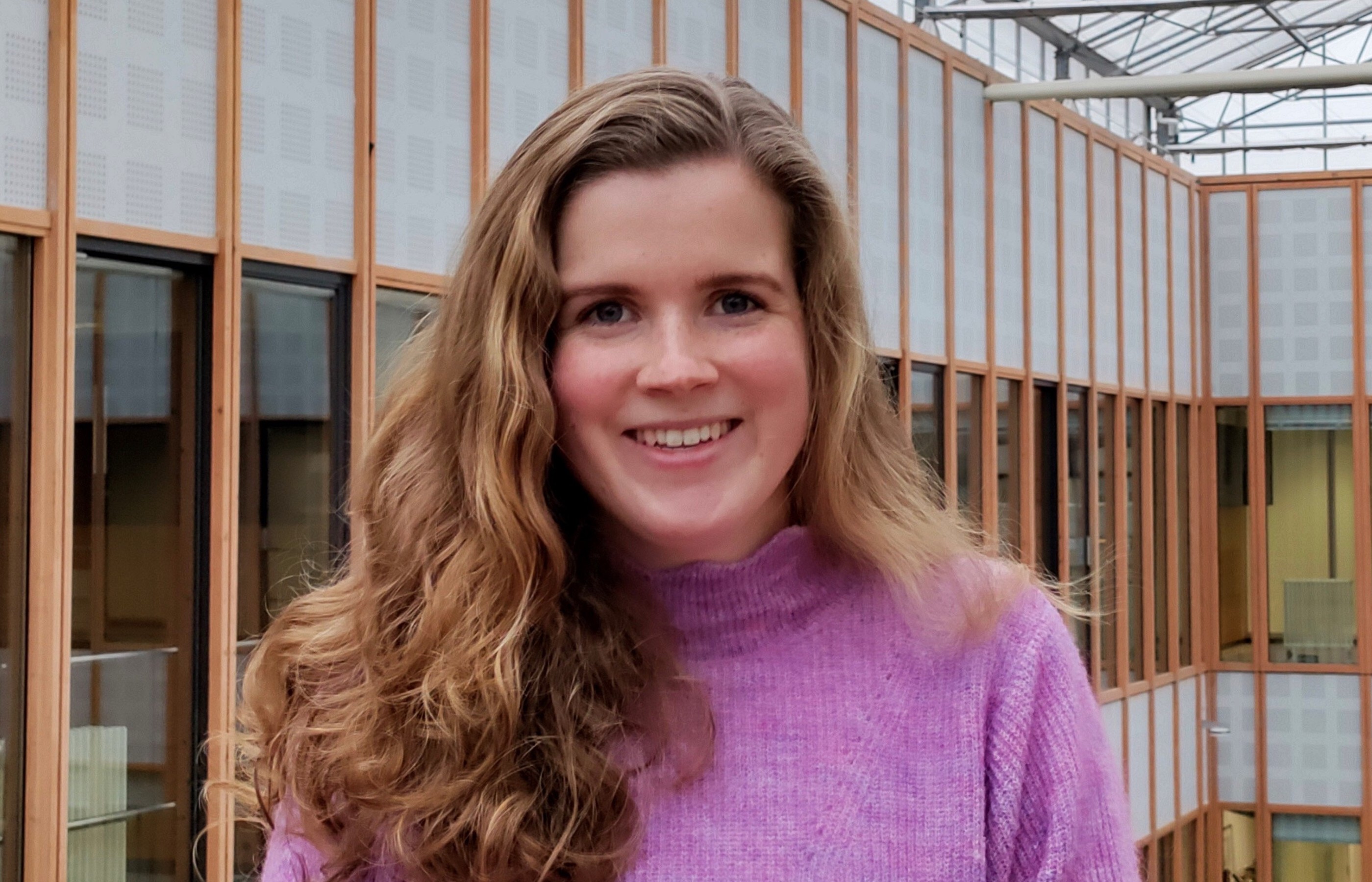
Kirsten Siebers
PhD researcher
@ Utrecht University
Kirsten works the spectroscopic and morphological fingerprinting of nanoplastics
Peer-reviewed articles
Spectro-Microscopic Techniques for Studying Nanoplastics in the Environment and in Organisms
Mandemaker, LDB & F Meirer (2022), Angew. Chem. Int. Ed. e202210494.[ Expand abstract ] [ Link to article - ]
Attribution of Plastic Sources Using Bayesian Inference: Application to River-Sourced Floating Plastic in the South Atlantic Ocean
Pierard, CM, D Bassotto, F Meirer, E van Sebille (2022), Frontiers Marine Science, 9:925437.[ Expand abstract ] [ Link to article - ]
Nanoplastics and the Marine Environment: The Unseen Majority?
Corbett ,LN & LA Amaral-Zettler (2022), Plastics and the Ocean: Origin, Characterization, Fate, and Impacts. 389-428.[ Expand abstract ] [ Link to chapter]
